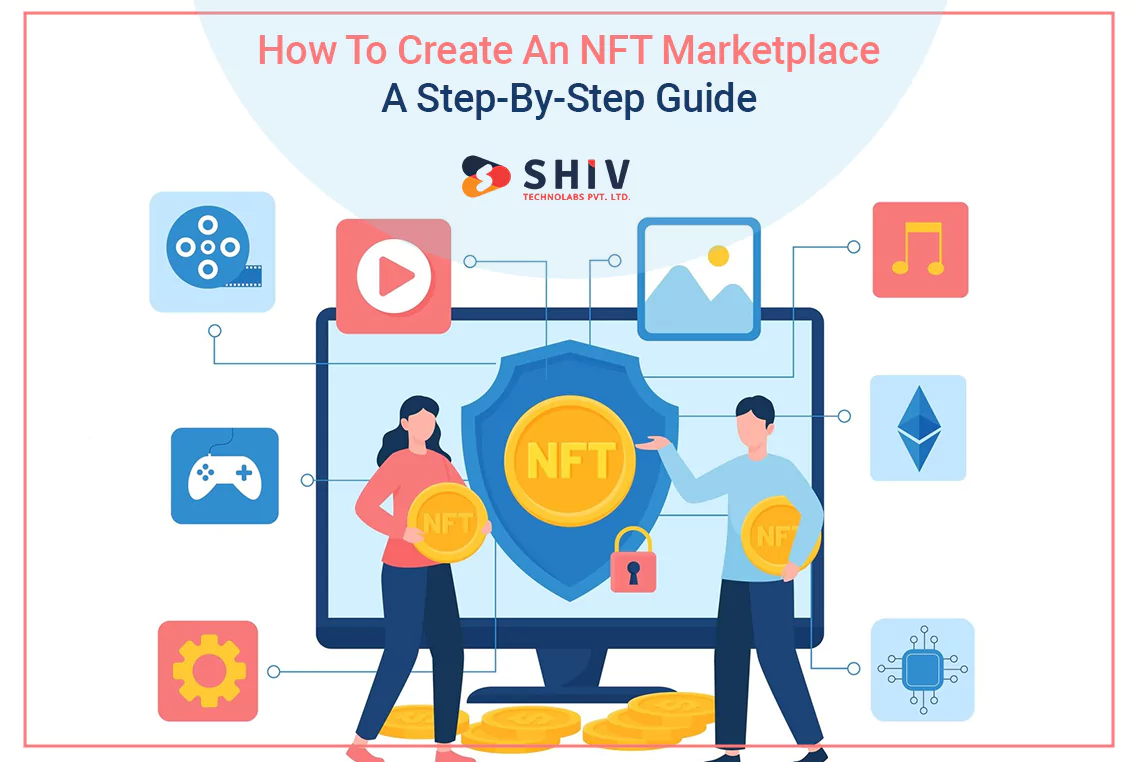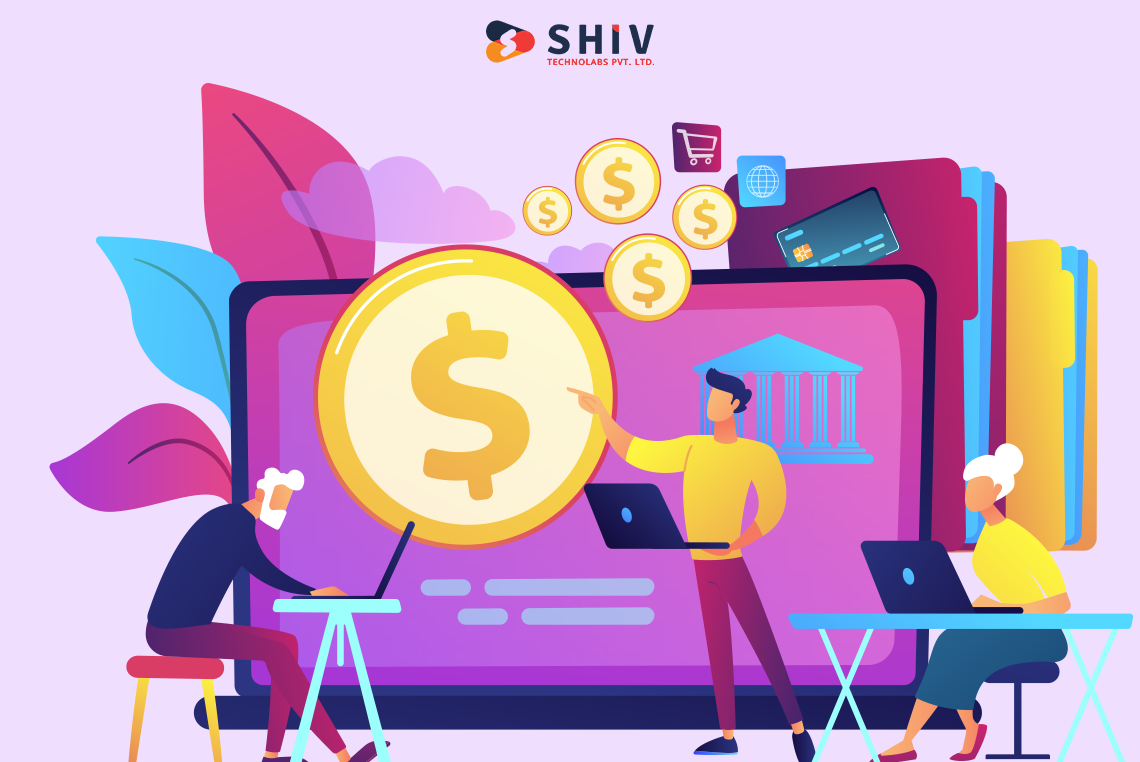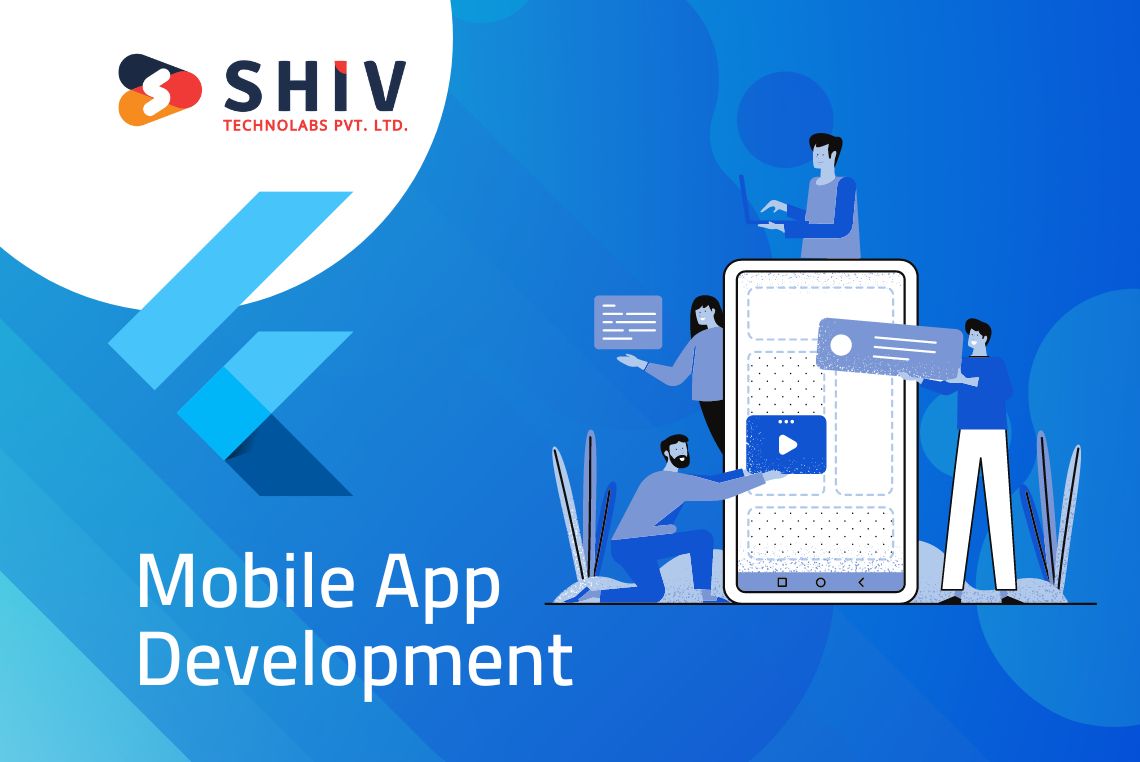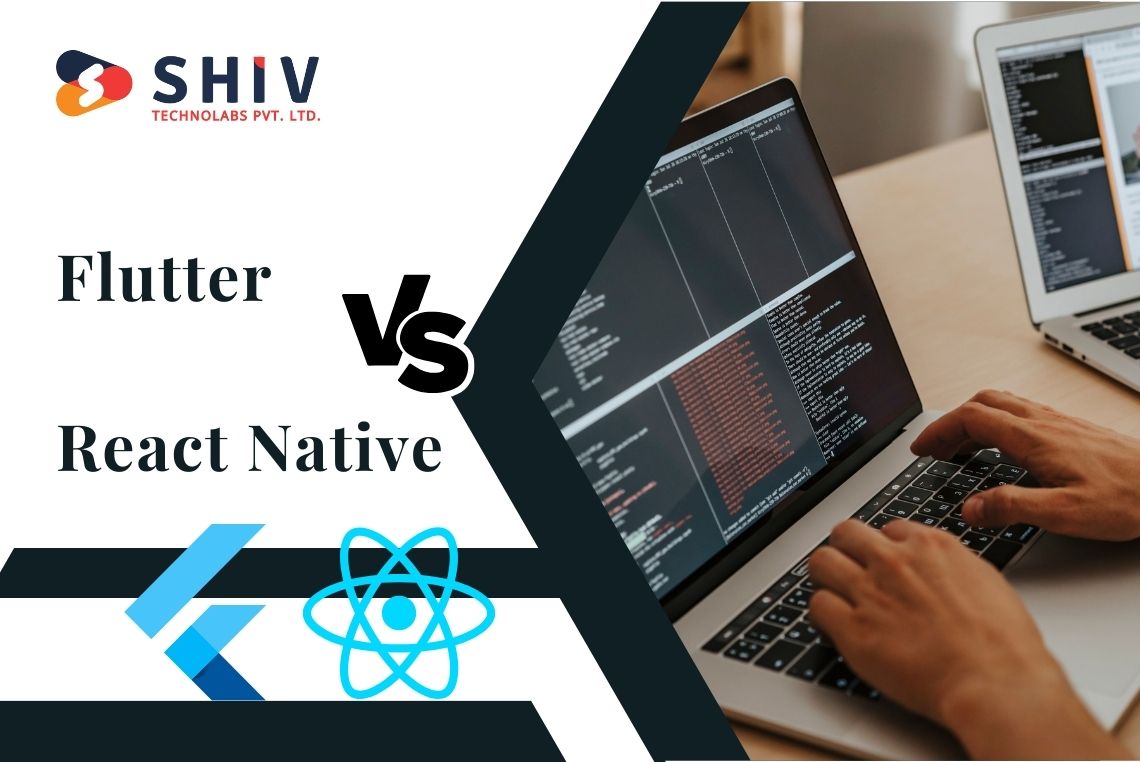Can you create an NFT marketplace and how? All entrepreneurs and artists should know how to create NFT Marketplaces like; OpenSea, Axie Marketplace, Rarible or Foundation.
This is a good thing to do with the possible outcome of profitability. In actual fact, it is not a small matter. However, before going into details, let us quickly revise few basics about NFTs:
What Is An NFT Marketplace?
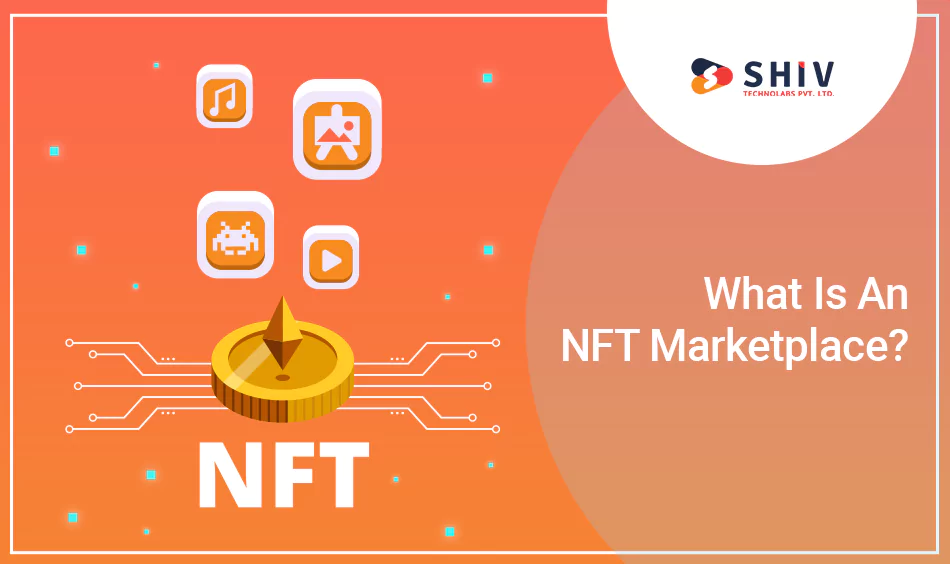
NFT marketplace is where creators sell their NFTs. For example, OpenSea, the world’s first and largest NFT platform displays individual pictures and collections. The place where users can create and release sets of their own NFTs or just one NFT. As a result, they may also purchase digital assets that will be collectible and resalable in future. The collection’s sales are charged to the market place owner a commission fee.
How To Create An NFT Marketplace In 5 Steps
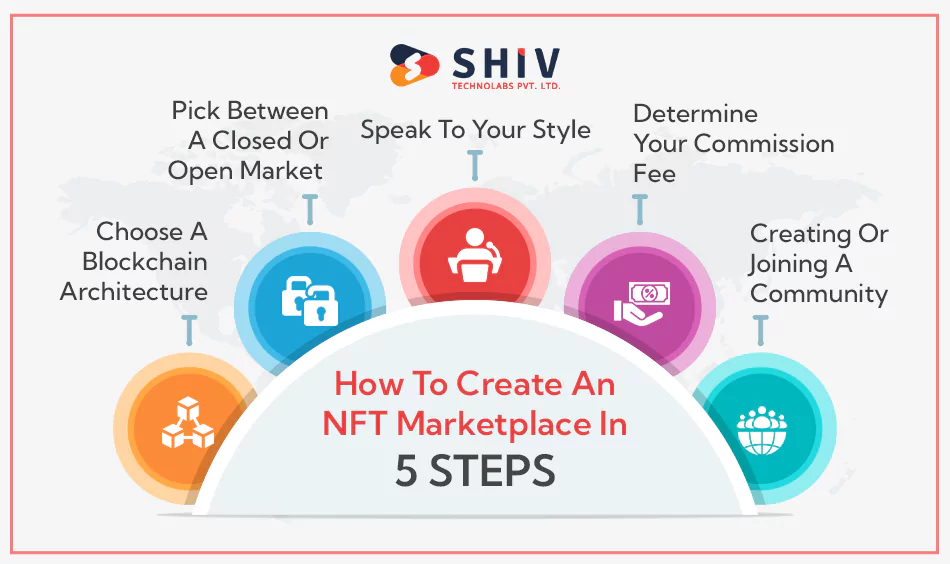
As such, you need to consider some essential features that will differentiate your service from similar ones before commencing the creation of your NFT marketplace. Determining a niche can help you cater to an engaged audience ready to buy. Having a clear objective is paramount here. After you have thoroughly assessed your proposition, it is time to take action.
1. Choose A Blockchain Architecture
So, this first step can be undoubtedly referred to as the most complicated phase of the whole process–and it’s not for nothing. Choosing your NFT marketplace’s blockchain technology will affect numerous aspects of your enterprise.
You can select an existing blockchain technology, for example, Ethereum, which is quite popular, or others like Solana, Polygon, and Cardano, which are widely used.
This route will be quite expensive–we’re talking about $50K+–as you will probably require specialized developers since integration between these existing blockchains is very complex.
Every transaction (sale of an NFT) incurs a cost after the initial integration. This is called ‘Gas Fee’ in the NFT space. You can also build your blockchain architecture which adds a little challenge to establishing trust.
These alternative blockchain architectures are provided by numerous vendors, who sometimes call them side chains as they often integrate with a main blockchain such as Ethereum on an optional basis.” Opensea Rarible, among others, is one of the several such marketplaces available in the market.
“They all share a common feature: users have to believe in those enclosed systems created by one company only,”
Which brings us to our next step:
2. Pick Between A Closed Or Open Market
It will also be up to the creators to choose between an open and closed NFT marketplace. In such platforms, closed marketplaces require using a particular branded token.
Different types of tokens are accepted in open markets. OpenSea is currently the largest platform for NFTs; it operates with over 150 types of payment tokens.
In an open market, anyone can create an account and list their items at any price. This creates a type of “supply and demand” pricing model. Additionally, buyers in open markets would not worry about whether the asset is compatible with a specific blockchain before buying or selling their digital assets.
3. Speak To Your Style
Backend specifics of your blockchain tech and market type are determined, so it’s time to discuss the frontend part. The UI/UX design of your marketplace is involved in this.
Which user experience do you want to provide? How will the homepage of your marketplace look? How will you present your NFTs? Whatever you choose, ensure that the design is usable and accessible.
4. Determine Your Commission Fee
After your marketplace has reached its desired appearance and performs as expected, one thing will be left for you to make up: “How much?”
Consider the monetization model that you would apply and how you will collect fees. Keep pricing within a competitive range to not lose users who can easily find alternatives– there must be value provided in addition to quality NFTs and secure custody.
5. Creating Or Joining A Community
The first marketplace you create in an overcrowded space should emphasize buyer connection and community building.
Once your artwork and marketplaces are ready for users, consider admitting new customers to an exclusive club to motivate them to purchase again.
Alternatively, you can use traditional social channels or consider partnering with platforms like Discord – a messaging software similar to Slack, where gamers and crypto enthusiasts meet.
NFT Marketplace Development Steps
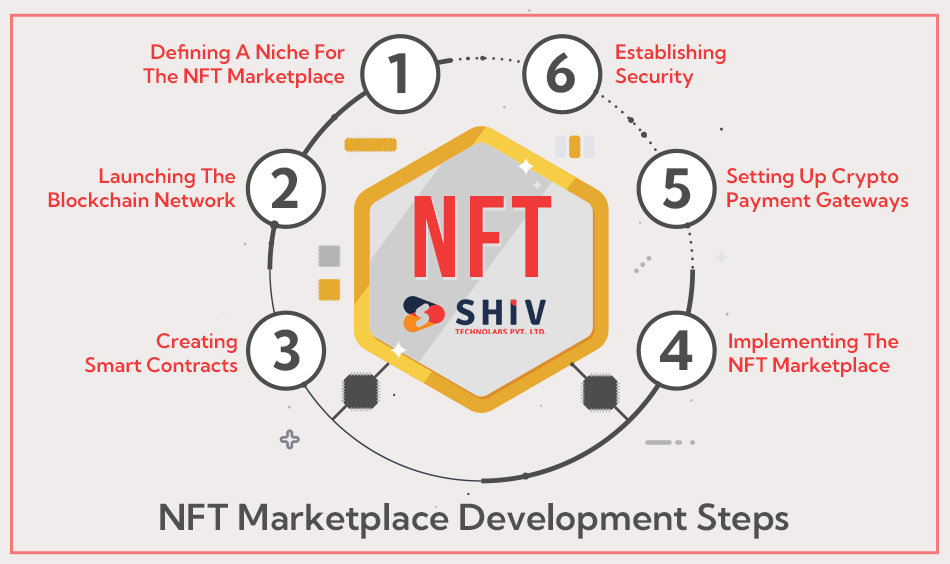
NFT marketplace development is a way for tech start-ups and big corporations to tap into the fast-growing NFT market and monetize it with innovative solutions. In Shiv Technolabs, the key steps of NFT marketplace development usually look as follows:
Step 1: Defining A Niche For The NFT Marketplace
This step has us studying your target audience’s needs while checking out what the competition offers to assist you in determining the exact niche and possible competitive advantages in this rapidly changing NFT market. Artworks, video gaming assets, music, sports memorabilia, and real estate are among the most popular niches that can be used.
Step 2: Launching The Blockchain Network
We will select a blockchain network that fits your NFT marketplace requirements well. We can create your private blockchain for NFT distribution and trading among a limited group of individuals.
Step 3: Creating Smart Contracts
NFTs minted in these contracts shall be sold if certain conditions are met. Hence, there is no need to keep buying orders. We also do extensive tests on the smart contract code and ensure it has no potential security vulnerabilities before deployment.
Step 4: Implementing The NFT Marketplace
We’ll design a sleek, user-friendly web-based platform where sellers can upload their digital assets and buyers can access their associated tokens.
Step 5: Setting Up Crypto Payment Gateways
We implement some commonly used crypto payment gateways (e.g., BitPay, CoinGate, Coinbase Commerce), enabling users to buy or sell NFTs and pay for all the services our marketplace platform provides.
Step 6: Establishing Security
We have established strong mechanisms for cybersecurity, such as asymmetric data encryption techniques, API authorization controls, and AI-based fraud detection algorithms. This is to ensure that the marketplace is secure and sensitive information is protected. As well, we shall have data backup protocols and cyber security user manuals for platform users.
How Much Does It Cost To Build An NFT Marketplace?
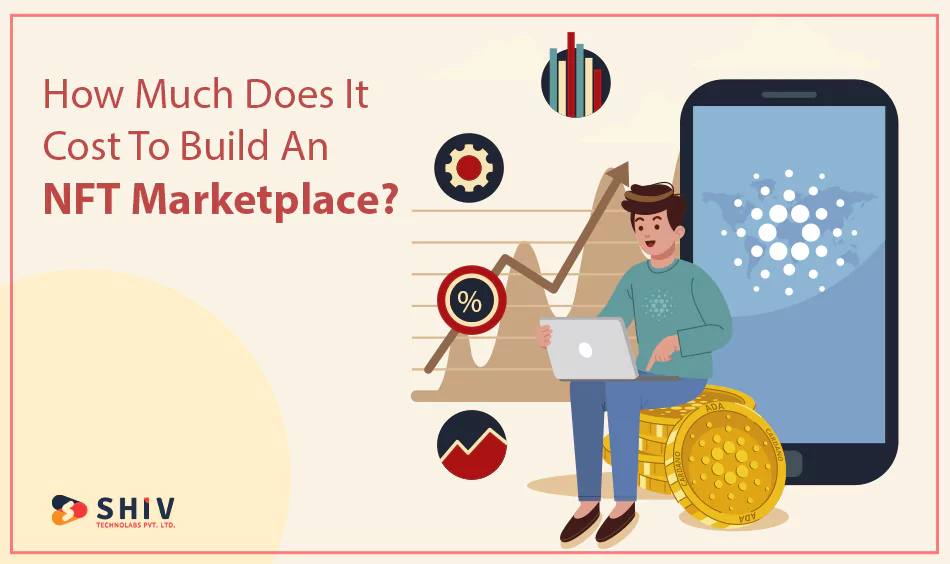
Every web or mobile application development company and MVPs constructing them varies; hence, there is no average cost. That’s why we can speak only for ourselves. Shiv Technolabs makes a project pricing at the discovery stage. You must know all the development components to make your NFT art marketplace. This is how our team estimates timeframes and future development rates:
| Stage | Estimation In Hours | Estimation In Weeks | Approximate Costs |
|---|---|---|---|
| Project Analysis | 100 hours | ~ 2 weeks | $2000 |
| UI/UX Design | 320 hours | ~ 5 weeks | $6400 |
| App Development Stage | 1800 hours | ~ 7 weeks | $39600 |
| QA Testing | 360 hours | In parallel with the development | $4800 |
| Project Management | 250 hours | During the whole project | $6250 |
The entire development process of NFT Marketplace will cost you $59000 to $65,000. To obtain a more precise estimate, please contact us for a customized quote.
In Conclusion
You may now know how to make an NFT marketplace app by reading our guide. We hope you found it helpful. Of course, it takes work to construct a web or mobile app for the marketplace. However, we are ready to make this task easier at Shiv Technolabs. Already, we have assisted start-ups in cryptocurrency and content marketplaces.
Our company can take your idea, give it an application interface design, develop it, and introduce it into the market. Make your move now if you want to dominate this NFT market. If you would like Shiv Technolabs help in creating your NFT marketplace, fill out a form so we can develop the project’s MVP and discuss all the details.
Faqs:
Q1: What sourcing models do you render to establish an NFT marketplace in full?
A1: Shiv Technolabs can handle the whole development of your NFT marketplace, assign a dedicated team to your project or add our best talents in NFT development to your internal IT team.
Q2: Can you help me with how to cut down on my development costs?
A2: In our projects, we always assist clients in finding cost-optimization opportunities and faster paybacks. For instance, we perform iterative development to roll out core functionality first and start earning money soonest. Additionally, we form the tech stack aiming for higher software productivity and lesser maintenance expenditures while using already-built components (frameworks, marketplace logic blocks, OOTB UI elements, open-source APIs, etc.) where possible for more efficient and accelerated development.
Q3: How can I make money from my NFT marketplace?
A3: Most of the NFT marketplaces in the world usually choose to monetize their services by charging a fee for each NFT sold on them by either flat rate or percentage on transactions happening on the platform. There are also other sources of revenue including premium services fees, fees charged to feature the art in listings, advertising within the platform and selling NFTs in third-party platforms.
Q4: How do NFT marketplaces generate revenue?
A4: NFT marketplaces make money through highly valuable NFTs (Non-Fungible Tokens) which are worth millions that users exchange (B2B or B2C). The marketplace charges a fee or commission on every sale or purchase made; hence, that is their revenue stream.
Q5: What is the time needed to create an NFT marketplace?
A5: The time taken depends on different factors such as the complexity, features, platform and tech stack included. But it has to be done within 4-6 months.

Revolutionize Your Digital Presence with Our Mobile & Web Development Service. Trusted Expertise, Innovation, and Success Guaranteed.
